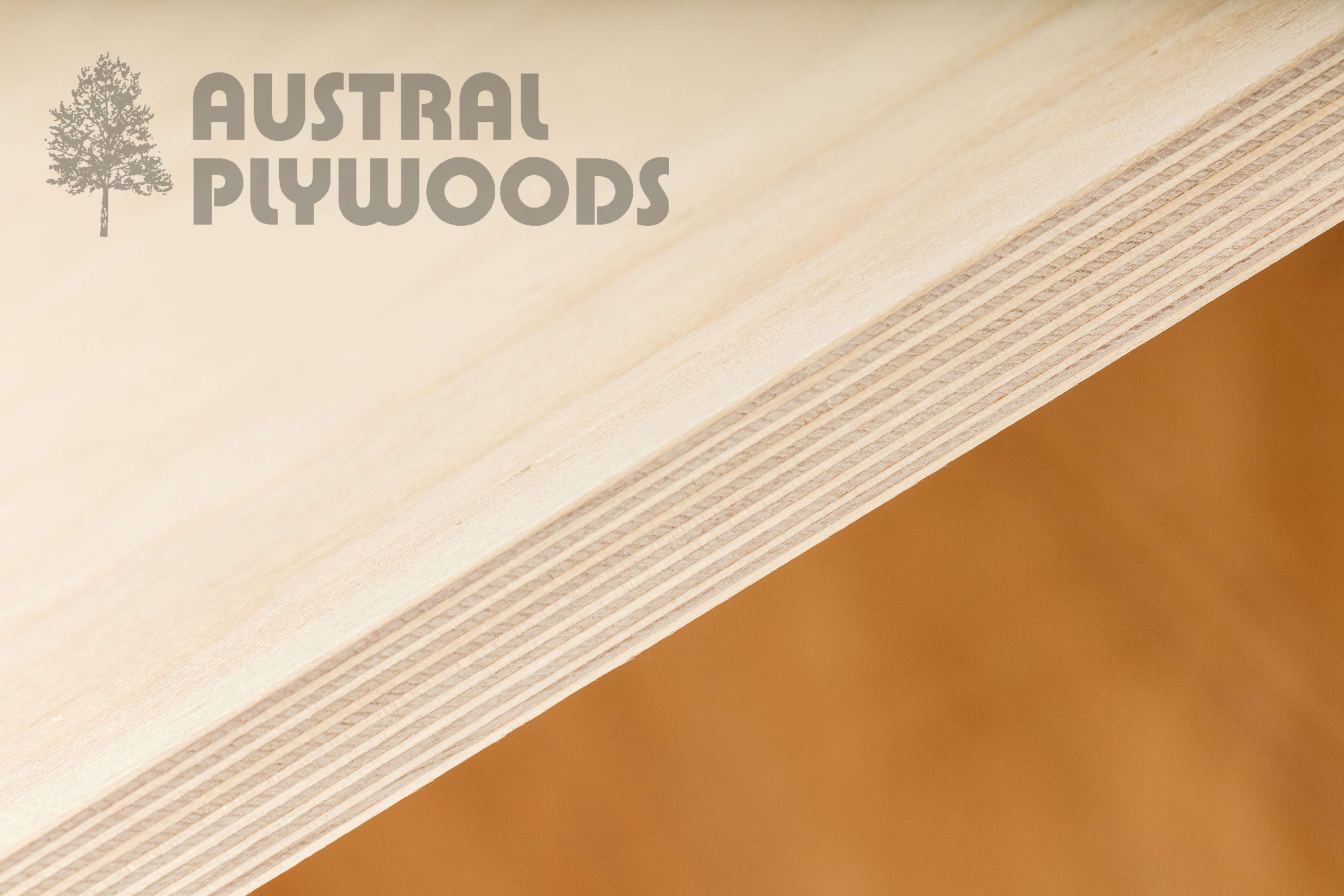Preservative Treatment

All timber products, including plywood and LVL, may be subject to decay and/or termite attack under certain conditions. For example, if the moisture content is high enough, the area confined and unventilated and the temperature conducive, fungi can cause decay in most timber species. Direct contact with the ground is extremely conducive to both decay conditions and termite attack.
Correct preservative treatment against fungal attack (rot) is essential for all plywood and LVL products, either painted or unpainted, that are permanently exposed to the weather.
Infestation with termites is usually not a problem for plywood and LVL provided the application does not involve ground contact and other good building practices have been correctly implemented through appropriate design and construction practices as well as ongoing inspection and maintenance.
There are several methods of treating plywood and LVL:
- impregnation of veneers, prior to manufacture;
- pressure treating of the manufactured plywood;
- preservative treating surfaces after manufacture.
A range of preservative treatments are available including copper chrome arsenate (CCA), light organic solvent preservatives (LOSP's), and the veneer treatments, Ruply and Ammoniacal Copper Quaternary Compounds (ACQ).
Applications requiring treatment and recommended treatments are specified in Australian Standard AS 1604 "Timber-Preservative Treated-Sawn and Round". AS 1604 specifies six hazard level classifications. Each level is denoted by a hazard number from H1 to H6, with each hazard level defined in terms of specific service exposure. H6 is the most severe hazard level.
Plywood with a Type A bond used as exterior cladding must be treated against fungal and insect attack. The preservation treatment should be a minimum of hazard level H3 "outdoors above ground" as defined by AS 1604.
Pressure treatments of the manufactured plywood are envelope type treatments, that is, the outer veneers, edges and ends of the sheet are preservative treated but the preservative may not have penetrated through the glue lines to the middle veneers of the plywood. If the plywood is cut, then localised paint on preservative treatment is required to the cut edge.
Veneer preservative treatments treat each individual veneer prior to assembly of the plywood and no further treatment should be required if this type of preservative treated plywood is cut.
Preservative treating plywood or LVL after manufacture or surface treating with "brush on" preservatives should be done, if possible, only after machining, sawing and boring of the plywood or LVL has been completed.
It is difficult to bond some preservative treated plywood particularly with phenolic or resorcinol adhesives.
Preservative treated plywood and LVL is suitable for painting provided manufacturers recommendations are followed and the surface to be painted is dry and free of excess solvent or salts. Details are given in the Exterior finishing section.
Fasteners used with preservative treated plywood should be hot dipped galvanised or have equivalent corrosion protection. Stainless steel fasteners may be required for severe exposure applications.
Knowing the conditions under which the plywood or LVL is to be used is essential if correct advice on the type of treatment required is to be determined. The CSIRO, EWPAA and preservative treating companies are further sources of information on recommended treatments.
For more information, please refer to the "Guide to the Specification, Installation and Use of Preservative Treated Engineered Wood Products", written by S. Bolden and H. Greaves (FWPA). It is intended to provide a user-friendly and informative guide of the best practice selection, preservative treatment, design, installation and finishing of engineered wood products to ensure product fitness for purpose and performance over a range of applications, hazard exposures and design lives. This document is available for download from the EWPAA web site.
Extract from the EWPAA Publication "Facts About Plywood", courtesy of the EWPAA.

